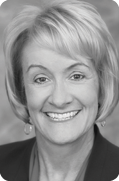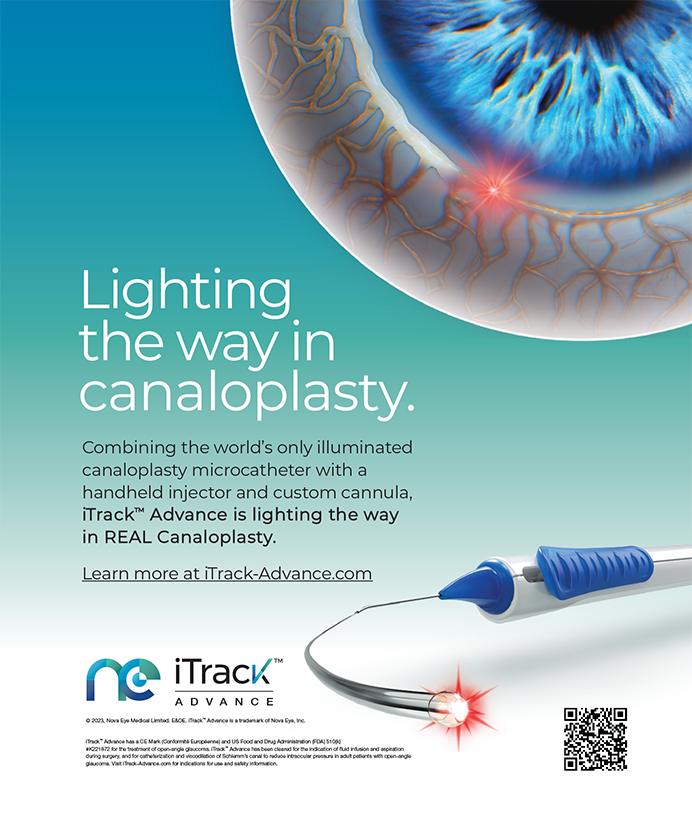
One of the most important factors in the financial health of your practice is cash flow. Your certified public accountant and financial advisors will likely spend a lot of time poring over financial statements. They will analyze your profit and loss statement and your balance sheet. They will discuss with you the merits of various statements analyzing production by physician or revenue by location. This is all important and necessary, but positive cash flow is the best indicator of sustainability.
AT A GLANCE
• Understanding your cash flow and using it to your best advantage can be the difference between a profitable practice and one that barely gets by.
• Reducing the days in receivable can mean you get paid more quickly and spend less payroll on having a staff member hunt for cash.
• Paying vendors on time reduces costs associated with late payments, but paying a vendor too early generally does not make sense for your business.
• A capital lease of equipment at a low interest rate may be more advantageous than purchasing equipment with cash.
Understanding your cash flow and using it to your advantage can make the difference between a profitable, successful, growing practice and one that limps along, barely getting by. Most of you are aware of the basics (ie, positive cash flow is good, and negative cash flow is not), but have you taken the time to determine how you can use cash flow to your advantage? Are you maximizing your business capital by managing your receivables and payables and by properly structuring capital expenditures and debt? This article serves as a refresher on the basic tenets of cash flow.
RECEIVABLES
Receivables are the lifeblood of most medical practices. Having a handle on your receivables is paramount to maintaining a financially healthy practice. What percentage of your receivables are you actually collecting? How many days does it take? Are some of your payers paying significantly faster than others? If so, keep this in mind as you renegotiate contracts with insurance carriers. Is your staff coding properly to ensure quick turnaround on collecting receivables? Reducing the days in receivable by following up with slow payers or by ensuring that the bill is correct the first time can mean you get paid more quickly and spend less payroll on having a staff member hunt for cash.
Watch it Now
John Webb provides an overview of capital market finance and what it means for ophthalmologists interested in growing their practices.
PAYABLES
Paying vendors on time reduces the costs associated with late payments, but paying them too early generally does not make sense for your business. Does your payables clerk pay attention to payment terms on invoices? Have you monitored the system to make sure you are not being hit with late fees? Are you tracking costs to make sure your vendors’ price increases are reasonable? When was the last time you bid out the services your vendors are providing to make sure their costs are competitive?
CAPITAL
Capital needs for your practice can be a big drain on your cash flow. In the current environment of low interest rates, you may be able to use leverage to your advantage. A capital lease of equipment at a low interest rate may be more advantageous than purchasing equipment with cash. A line of credit for the business may be used during periods of reduced cash flow at a relatively low cost. If you can finance at a 3.5% to 4% rate, you are likely better off paying interest than using your own funds. You can generally invest your own funds and get a better return. Debt can free up capital at a very low cost as long as it is properly managed.
CONCLUSION
As you review your financial situation with your most trusted advisors, make sure to discuss cash flow along with profitability and taxes so that you can ensure that your business is being run as efficiently as possible.
To receive a free hardcopy of For Doctors Only: a Guide to Working Less & Building More, please call (877) 656-4362. Visit www.ojmbookstore.com, and enter promotional code CRST for a free e-book download of For Doctors Only or the shorter For Doctors Only Highlights for your Kindle or iPad.
Carole Foos, CPA
• principal, OJM Group, Cincinnati, Ohio
• (877) 656-4362; arole@ojmgroup.com



